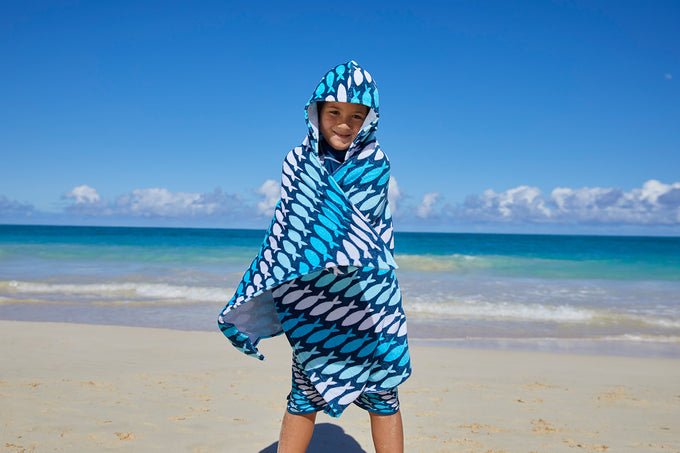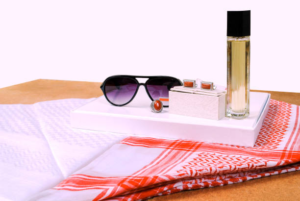The Stocking Cap A Timeless Winter Accessory
When the cold wind bites, and temperatures drop, a simple yet essential piece of winter apparel comes to the rescue: the cap. Known for its practicality and versatility, the stocking cap has been a staple in wardrobes around the world for centuries. Whether you’re braving a snowy mountaintop, navigating city streets in winter, or just lounging indoors on a chilly day, the cap serves as an indispensable ally against the cold. This article delves into the rich history, diverse styles, cultural significance, and the practical benefits of caps, highlighting why they remain one of the most cherished items in winter fashion.
History of the Stocking Cap
The origins of the cap date back centuries. Rooted in necessity, these caps were historically designed to protect individuals from harsh weather conditions. Early examples of knitted headgear can be traced back to medieval Europe, where similar woolen caps were worn by sailors, farmers, and outdoor laborers to fend off the cold.
By the 14th century, caps evolved into an integral part of everyday attire. These caps were hand-knit from wool, which was not only warm but also readily available. During this time, the term “stocking” referred to the stretchable knitted fabric used to make stockings and other garments. The name “stocking cap” naturally emerged due to the similarity in material and knitting techniques.
Fast forward to the Industrial Revolution, advancements in textile manufacturing made caps more accessible and affordable. The popularity of these caps spread globally, leading to the creation of various regional styles. Over time, the cap transformed from a practical necessity into a fashion statement.
Design Features of the Stocking Cap
Caps are celebrated for their simple yet effective design. While there are countless variations, the basic structure of a cap remains consistent:
- Material
Traditional caps are made of wool, a natural fiber prized for its warmth and moisture-wicking properties. Modern versions incorporate synthetic materials such as acrylic, polyester, and blends that improve durability, elasticity, and comfort. - Shape
The classic cap is cylindrical and tapers slightly at the top. It is designed to fit snugly around the head, covering the ears for added warmth. - Cuff or Brim
Many caps feature a foldable cuff, which adds an extra layer of insulation around the ears and forehead. The cuff also allows wearers to adjust the cap’s fit and appearance. - Decorative Elements
Over the years, caps have been adorned with decorative features such as pom-poms, embroidery, and patterns. These embellishments add a touch of personality while preserving the cap’s functionality.
Styles of Caps
caps come in a variety of styles, each tailored to different preferences and needs. Some of the most popular styles include:
- Classic Knit Beanie
This timeless design is the most recognizable form of the cap. Made from ribbed knit fabric, it often features a fold-over cuff for added warmth. - Slouchy Beanie
A modern twist on the traditional stocking cap, the slouchy beanie has extra fabric that hangs loosely at the back, creating a casual and laid-back look. - Pom-Pom Beanie
Adding a playful touch, the pom-pom beanie features a fluffy ball on top. This style is particularly popular among children and those looking for a fun, youthful accessory. - Earflap Hat
Designed for extreme cold, this variation includes flaps that extend over the ears, often with strings or tassels for tying under the chin. - Thermal or Fleece-Lined Caps
For added insulation, some caps are lined with fleece or thermal material, making them ideal for outdoor sports and activities in frigid conditions. - Patterned and Designer Caps
From bold stripes and geometric designs to logos of favorite sports teams, patterned caps allow wearers to express their individuality and align with their personal style.
Previous article; SR626SW Battery Specifications, Compatibility, and Replacement Tips
Cultural and Social Significance stocking cap
The cap transcends its practical function, carrying cultural and social symbolism. In many regions, this simple accessory reflects local traditions, subcultures, and even historical events.
- Sailors and Fishermen
The cap has long been associated with maritime workers. For centuries, sailors and fishermen have relied on woolen caps to stay warm in cold, damp conditions. These caps became a symbol of resilience and hard work, often seen in art and literature. - Pop Culture and Fashion
Caps have been embraced by artists, musicians, and actors, cementing their place in popular culture. From Bob Dylan’s iconic knit cap to modern-day hip-hop artists who sport designer beanies, the cap has evolved into a versatile fashion statement. - Sports and Team Spirit
Caps emblazoned with team logos and colors are a common sight in stadiums during winter sports events. Fans use them to display loyalty while staying warm. - Symbol of Protest and Activism
The cap has occasionally been used as a symbol of solidarity and protest. For instance, the “pussyhat” movement during the 2017 Women’s March showcased pink knitted hats as a visual representation of unity and resistance.
Practical Benefits of Caps
Beyond their aesthetic appeal, caps offer numerous practical benefits that make them indispensable in cold weather.
- Warmth and Insulation
Caps are designed to trap heat, keeping the head and ears warm in chilly conditions. This is particularly important since the head is one of the primary areas where body heat escapes. - Compact and Portable
Lightweight and easy to fold, caps can be stashed in a bag or pocket, making them a convenient accessory for on-the-go warmth. - Versatility
Suitable for both casual and formal occasions, stocking caps seamlessly transition between different environments. Whether you’re hitting the slopes or attending a winter gathering, there’s a style to match. - Durability
Modern caps are crafted from durable materials that resist wear and tear, ensuring they last for multiple winters. - Affordable and Accessible
With options available at virtually every price point, caps are accessible to people of all economic backgrounds.
Care and Maintenance
To ensure your cap remains in good condition, proper care is essential. Here are some tips to extend its lifespan:
- Washing
Always check the care label before washing. Wool caps should be hand-washed with mild detergent and cold water, while synthetic caps can often be machine-washed on a gentle cycle. - Drying
Avoid using a dryer, as heat can damage the fibers. Instead, reshape the cap and lay it flat to air dry. - Storage
Store your cap in a cool, dry place when not in use. Avoid folding or crushing it to maintain its shape. - Pilling Prevention
Use a fabric shaver or lint roller to remove pilling and lint, keeping your cap looking fresh.
DIY Stocking Caps: Knitting Your Own
Knitting your own cap is a rewarding and creative endeavor. For beginners, there are countless tutorials and patterns available online. Wool is the most popular choice for DIY projects due to its warmth and elasticity. Personalizing your cap with unique colors, patterns, or embellishments can make it a treasured item or a heartfelt gift.
Sustainable Caps
With the growing emphasis on sustainability, many manufacturers are now producing eco-friendly caps. These caps use organic, recycled, or biodegradable materials, reducing their environmental impact. Brands committed to ethical practices often prioritize fair wages and safe working conditions for their workers, making your purchase more meaningful.
Conclusion
The stocking cap is far more than a simple winter accessory. Its enduring popularity speaks to its practicality, versatility, and ability to adapt to changing trends. From its humble beginnings as a functional necessity to its current status as a fashion icon, thecap continues to prove its worth as a timeless wardrobe essential. Whether you’re drawn to its history, intrigued by its styles, or simply seeking warmth, the cap is a reliable companion that transcends seasons and generations.











Post Comment